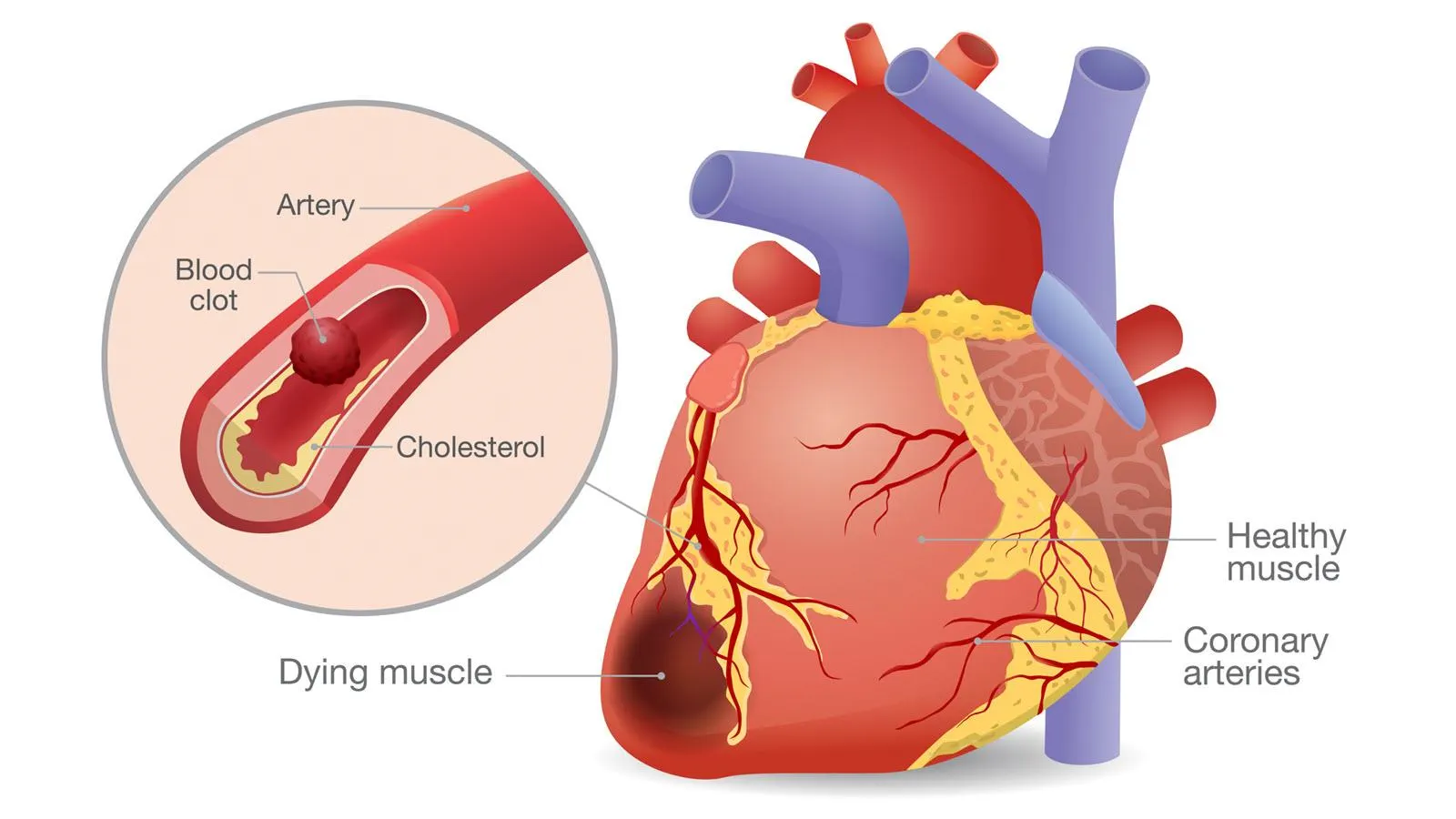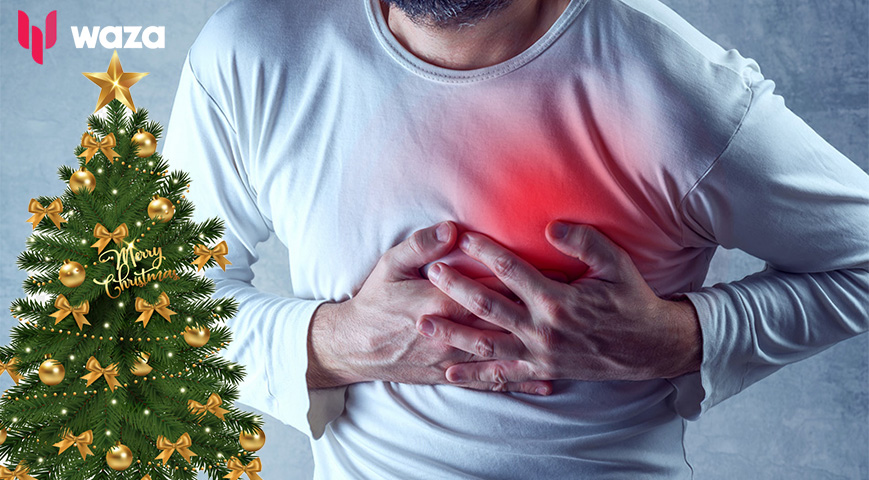According to the American Heart Association, this is the most common time of year for heart attacks from now until January 1.
Cardiologists say it could happen to anyone, including Santa Claus. Or Kevin Boydston, who portrays "Santa Claus, Kris Kringle, or Boba Natale, whichever term you prefer." And I'm loving every minute of it."
When he wasn't dressed in the Red Suit, Santa's Helper knew all heart attack symptoms and double-checked them. The fluttering of the heart began in early autumn. There was also the occasional about of indigestion. However, they were only in sync in November.
"This time, it hit fairly hard in my chest - indigestion type - and it started running down my arm. And I said, 'Nope, this isn't indigestion, this is something different. I got to go to the hospital."

Did you read this?
Heart attack symptoms differ between men and women.
The former EMT signaled to his wife to summon an ambulance. Boydston felt better after the first responders arrived. But he knew it was something worth investigating.
He had a heart attack while in the ambulance on his way to Saint Luke's North. The drive was nearly as fast as a team of reindeer. The gurney ride into the emergency room was also memorable.
"From the time I hit the door," Boydston said. "to the time I was in the cath lab, probably less than 15 minutes."
Even for a man who has circumnavigated the globe in one night, that isn't fast, according to his cardiologist.

"Years ago," Dr. Jason Lindsey, an interventional cardiologist, explained. "We used to put people to bed and rest them for weeks at a time, and we realized that's the exact opposite of what you should do for people who have heart attacks." It is preferable to mobilize them and return them to their regular activities as soon as possible."
Technology has advanced significantly in recent years.
"In this day and age, in 2023, with the medicines we have and the technology we have," Lindsey said. "The stents we have, we're able to restore flow promptly, and patients can get back to their normal lives fairly quickly."
According to the American Heart Association, December 25 has the highest number of heart attacks of any day of the year, with December 26 and New Year's Day close behind. However, the majority of heart attacks are minor. 90% of heart attacks have early warning signs, such as Boydston's heart fluttering and indigestion.









